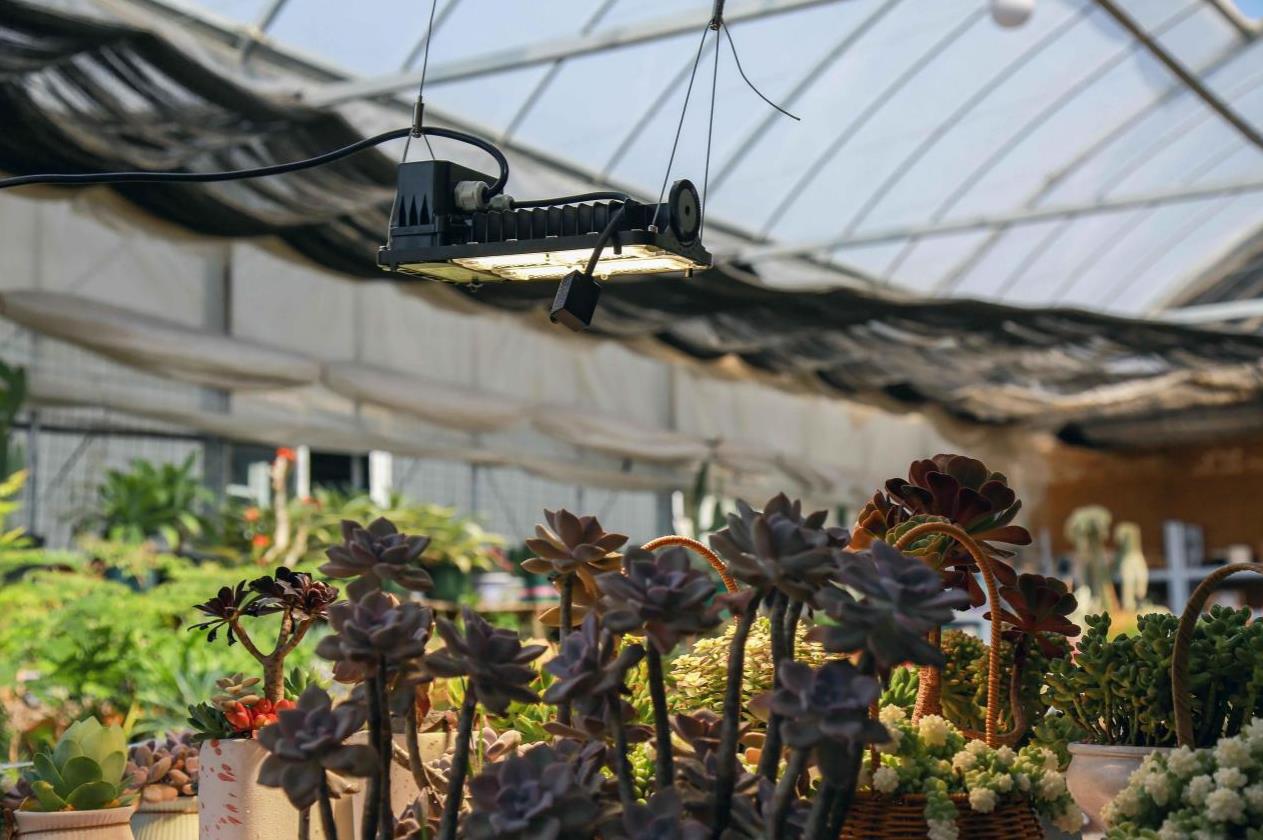Sansi LED: Sustainable LED Lighting and Integrated LED Display
Delivering premium and professional LED Display, LED Lighting, Smart City Integration solutions, trusted by over 60,000 companies worldwide everyday. From industrial lighting to commercial lighting, from outdoor advertising to XR & VR production, Sansi LED greatly improves the quality and sustainability of your business with 30 years of expert experiences.

Plants have an extremely high dependence on light during their growth process. Photosynthesis is the key for plants to obtain energy, and the intensity and quality of light directly affect the growth rate of plants. For growers, using plant grow lights is an important method to improve plant growth efficiency. So, under appropriate lighting conditions, how long will it take for plants to show effective growth effects?
1. The working principle of the light supplement
Plant grow lights primarily enhance photosynthesis by providing specific wavelengths of light. Photosynthesis requires red and blue light, with red light aiding in flowering and fruiting, while blue light is crucial for plant growth and leaf development. By using appropriate lighting, plants can maintain healthy growth even in environments lacking natural light.
2. Time frame for growth response
The response of plants to light is not immediate, and usually goes through several stages to adapt to the illumination of the supplementary light. Here are some key factors that affect the time required for plant growth:
Adaptive phase
When plants are first exposed to supplementary lights, they usually need a period of adaptation of several days to two weeks. During this period, the plant adjusts its internal physiological state to adapt to the new light conditions.
Initial results
Once the adaptation period is over, plants begin to show initial effects. Usually within one to two weeks after supplementary lighting, you may notice more noticeable changes, such as brighter leaf colors and faster plant growth. During this time, the plants have started to effectively utilize the light energy provided by the supplementary lights.
Significant change
After about four to six weeks, the growth effects of the plants will become more noticeable. You may see new shoots, buds, or fruits appearing. This is because, with the help of light, the plants accelerate nutrient absorption and transport, promoting various physiological activities. The time it takes for these effects to appear varies depending on the characteristics of different plants. Most plants show effects within 1 to 2 weeks, while some succulent varieties might not show significant color changes until 2 to 3 months. The growth effects can also be determined by their phototropism.
3. Other influencing factors
In addition to the illumination time of the light, the growth effect of plants is also affected by many other factors, such as:
Light intensity: The power and illumination distance of the supplementary light will affect the light intensity, which in turn affects the efficiency of photosynthesis of plants.
Environmental conditions: Factors such as temperature, humidity and soil nutrition can also affect the growth of plants.
Light duration: Each plant has different light requirements, and the appropriate light duration is also the key to promote growth.
Using plant grow lights can effectively promote plant growth, with the effects typically becoming evident over the next few weeks. Understanding the needs of plants and adjusting light conditions at the right time is crucial for ensuring healthy plant growth. Through scientifically sound and reasonable lighting, you will see new changes in your plants during their growth and flowering processes, experiencing the joy of gardening.
Sansi has customized a variety of plant lighting schemes according to different lighting scenes and plant species, so as to optimize the spectrum, light quality and light quantity, promote the healthy growth of plants, improve yield and quality, and has been successfully applied in many projects.
